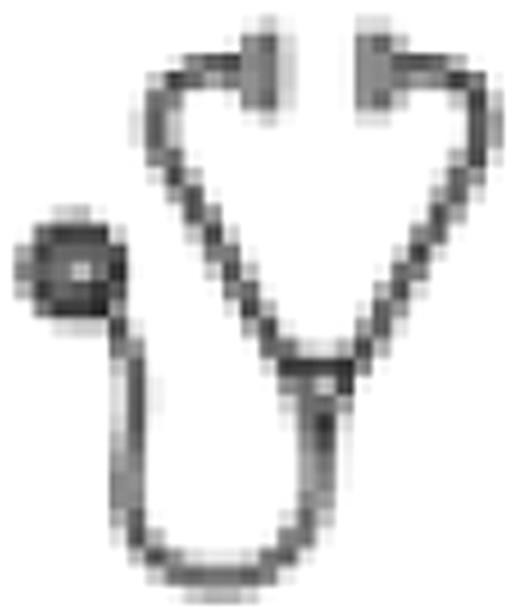Abstract
In patients with B-precursor ALL, presence of MRD after induction therapy or at any time point later predicts a hematological relapse, despite continued intensive chemotherapy or/and an allogeneic hematological stem cell transplantation (HSCT). Blinatumomab (MT103) targets the CD19 antigen, and is a member of a novel class of bispecific BiTE® antibodies that redirect T cells for lysis of target cells. A phase II study was conducted in collaboration with the German Multicenter Study Group on Adult Lymphoblastic Leukemia (GMALL) in patients with MRD-positive B precursor ALL.
B–precursor ALL patients in complete hematological remission with either persistent or reappeared MRD at any time after consolidation I of front-line therapy were included. One treatment cycle of blinatumomab is a 4-week continuous i.v. infusion, which can be followed by allogeneic HSCT or in case of response by repeated consolidation cycles of blinatumomab with 2-week treatment-free intervals. The dose level at enrollment is 15 μg/m2/day. In patients, who do not respond within four cycles of treatment, the dose can be increased to 30 μg/m2/day. Molecular response is assessed by quantitative PCR of either individual rearrangements of immunoglobulin/TCR-genes or specific genetic aberrations such as bcr/abl or MLL-AF4.
Nineteen patients have been treated to date and 16 patients are already evaluable for response. Thirteen of 16 evaluable patients went into molecular complete remission (CR) already after one cycle of blinatumomab. Three patients had a stable MRD level. Of note, 10 of the responding 13 patients had never achieved a molecular CR before blinatumomab treatment despite multiple treatment cycles including tyrosine kinase inhibitors in case of Ph-positive ALL. Two patients in molecular CR had an extra-medullary relapse one in testis and one in cerebro-spinal fluid, both representing immunological niches with limited accessibility for T cells. One patient with stable MRD level had a medullary relapse. All other patients are still relapse-free. None of the patients with molecular CR has shown a medullary relapse to date. The maximum follow-up of molecular CR has been 12 months. Most common adverse events (AEs) included lymphopenia, pyrexia, leucopenia and hypoimmunoglobulinemia. Only one patient had to be discontinued because of a fully reversible epileptical seizure. All other AEs resolved during treatment. Overall, treatment with blinatumomab was well tolerated. Response data of all 21 patients will be presented at ASH.
Treatment with blinatumomab converted MRD-positive B–precursor ALL into molecular CR in 13 of 16 evaluable patients with refractory disease as indicated by persistent MRD after intensive chemotherapy. This amounts to a response rate of 81% providing thus the rationale for introducing blinatumomab as a novel agent in the treatment of B–precursor ALL.
Zugmaier:Micromet: Employment, Equity Ownership. Goekbuget:Micromet: Consultancy, Research Funding. Kufer:Micromet: Employment, Equity Ownership, Patents & Royalties. Klinger:Micromet: Employment, Equity Ownership. Degenhard:Micromet: Employment, Equity Ownership. Baeuerle:Micromet: Employment, Equity Ownership. Schmidt:Micromet: Employment, Equity Ownership. Nagorsen:Micromet: Employment, Equity Ownership. Riethmueller:Micromet: Consultancy, Equity Ownership. Bargou:Micromet: Consultancy, Equity Ownership, Patents & Royalties.

This icon denotes an abstract that is clinically relevant.
Author notes
Asterisk with author names denotes non-ASH members.


This feature is available to Subscribers Only
Sign In or Create an Account Close Modal